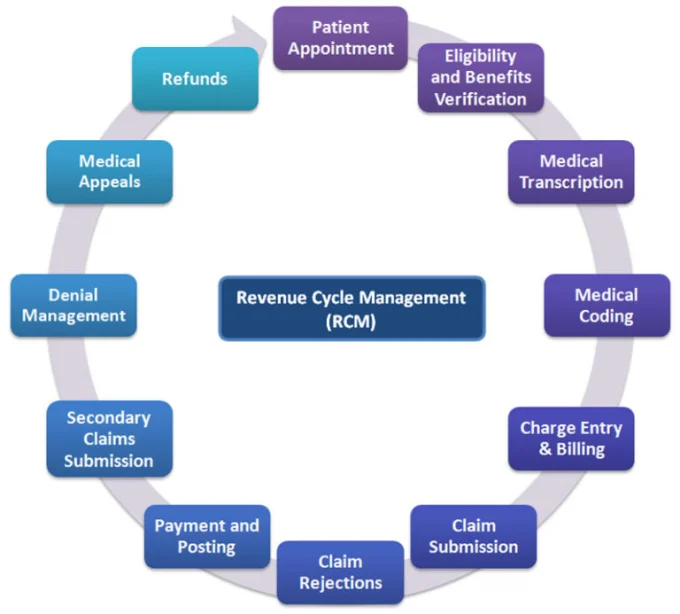Credentialing is the process of confirming healthcare practitioners’ demonstrated abilities, education, and training. Verifying the credentials of the providers involves getting in touch with the “Primary Source,” who is the source of the license, training, and education. Healthcare institutions employ the credentialing process in their recruiting procedures, and insurance companies use it to provide the provider access to their networks. Credentialing also refers to a provider’s verification inside a commercial health plan and their acceptance into the network.
It is very important to remember that in today’s world of health insurance and revenue cycles, improper credentialing can lead to delayed or denied reimbursement for services provided. Worse, it could lead to serious consequences for all concerned in terms of statutory compliance violations, which can result in monetary damages and criminal charges.

Provider credentialing dates back to 1000 BC, and has been an important if not critical part of healthcare services. The process of credentialing has undergone many changes over the centuries; however, the content of credentialing has remained the same – a verification of the education, training, experience, expertise and willingness to provide medical services by the provider. It was around 1990, that national organizations started which were dedicated to the credentialing of medical providers. Around the same time, the National Committee for Quality Assurance (NCQA) set guidelines on the process and method of credentialing medical providers.
These guidelines ensure that healthcare providers have undergone stringent scrutiny with regards to their ability and competence, thus making sure that the patients receive the highest level of healthcare. For a patient, it is assuring and confidence boosting to know that your healthcare provider’s credentials are certified as through the healthcare credentialing process, thus ensuring that you are in good and competent hands. For the provider, it states that their colleagues are held to the same standards as them. For the healthcare facility, it shows that they value quality care and place the patient’s well being as a primary goal.
Credentialing is the process of confirming healthcare practitioners’ demonstrated abilities, education, and training. Verifying the credentials of the providers involves getting in touch with the “Primary Source,” who is the source of the license, training, and education. Healthcare institutions employ the credentialing process in their recruiting procedures, and insurance companies use it to provide the provider access to their networks. Credentialing also refers to a provider’s verification inside a commercial health plan and their acceptance into the network.
It is very important to remember that in today’s world of health insurance and revenue cycles, improper credentialing can lead to delayed or denied reimbursement for services provided. Worse, it could lead to serious consequences for all concerned in terms of statutory compliance violations, which can result in monetary damages and criminal charges.

It’s critical for healthcare providers to comprehend the enrollment procedure and requirements in order to take part in government health insurance programs.
The process of enrolling as a new healthcare provider can be challenging. Becoming approved as a provider involves a lot of conditions and actions, as well as filling out a lot of paperwork and forms. The process varies from state to state.
As previously stated, the process through which providers (such as doctors, nurses, etc.) apply to be accepted by Medicare/Medicaid and/or health insurance companies is known as medical provider enrollment. In order for providers to bill insurers for the services they provided, this process is required.
The process of enrolling a medical provider involves numerous variables. For instance, in order to enroll, providers need to have a current state license. Additionally, they need to provide documentation of their training, like their medical school transcript. Certain providers might also need to finish a background check.